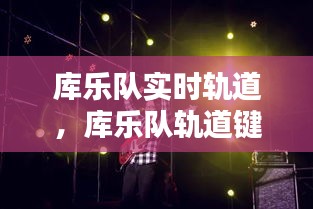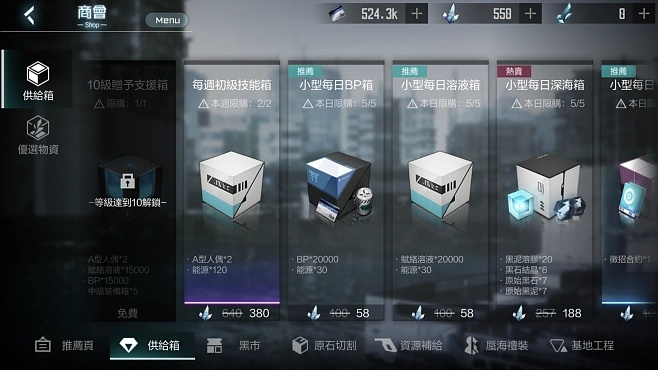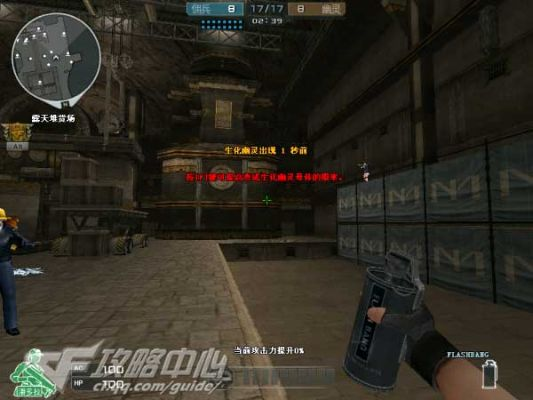Introduction to Real-Time Interactive Translation
In today's globalized world, communication across languages has become more important than ever. With the advent of technology, real-time interactive translation has become a reality, breaking down language barriers and facilitating seamless communication. This article explores the concept of real-time interactive translation, its benefits, challenges, and the technologies behind it.
What is Real-Time Interactive Translation?
Real-time interactive translation refers to the ability to translate spoken or written language in real-time, allowing for instant communication between individuals who speak different languages. This technology uses advanced algorithms and machine learning to interpret and convert language in a matter of seconds. Unlike traditional translation methods, real-time interactive translation is dynamic and can adapt to the context of the conversation.
How Does Real-Time Interactive Translation Work?
The process of real-time interactive translation involves several key components:
Speech Recognition: The first step is to convert spoken words into digital signals. Speech recognition technology analyzes these signals and converts them into text.
Language Processing: Once the text is generated, it is processed by a language model to understand the context and meaning of the words.
Machine Translation: The processed text is then translated into the target language using machine translation algorithms. These algorithms have been trained on vast amounts of data to produce accurate translations.
Text-to-Speech: After the translation, the translated text is converted back into speech using text-to-speech technology.
This entire process happens in real-time, allowing for instant communication between parties.
Benefits of Real-Time Interactive Translation
Real-time interactive translation offers numerous benefits, including:
Enhanced Communication: It enables individuals to communicate without the need for a common language, fostering global collaboration and understanding.
Accessibility: It makes information and services accessible to people with language barriers, promoting inclusivity.
Efficiency: It saves time and effort by eliminating the need for manual translation or interpretation.
Cost-Effectiveness: It reduces the need for human interpreters, which can be expensive and time-consuming.
Challenges in Real-Time Interactive Translation
Despite its benefits, real-time interactive translation faces several challenges:
Accuracy: Achieving high accuracy in machine translation is still a challenge, especially for languages with complex grammar and idioms.
Contextual Understanding: Machine translation can struggle with understanding context, leading to misunderstandings.
Technology Limitations: The technology requires high-speed internet connections and advanced hardware to function effectively.
Privacy Concerns: Real-time translation involves the processing of personal data, raising privacy and security concerns.
The Future of Real-Time Interactive Translation
The future of real-time interactive translation looks promising. As technology continues to advance, we can expect the following developments:
Improved Accuracy: Ongoing research and development will likely lead to more accurate translations, reducing the instances of misunderstandings.
Enhanced Contextual Understanding: Advanced algorithms will be able to better understand context, improving the quality of translations.
Integration with Other Technologies: Real-time interactive translation will likely be integrated with other technologies, such as augmented reality and virtual reality, creating immersive multilingual experiences.
Increased Accessibility: As technology becomes more affordable and accessible, real-time interactive translation will become more widely available to people around the world.
Conclusion
Real-time interactive translation is a powerful tool that has the potential to revolutionize global communication. While challenges remain, ongoing advancements in technology promise a future where language barriers are a thing of the past. As we continue to embrace this innovative technology, we can look forward to a more connected and inclusive world.
转载请注明来自江苏安盛达压力容器有限公司,本文标题:《实时交互英文翻译,实时互动 英文 》













 苏ICP备2020065159号-1
苏ICP备2020065159号-1